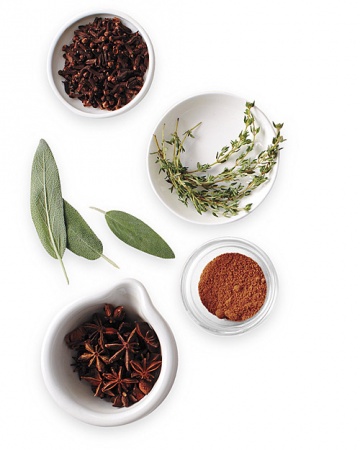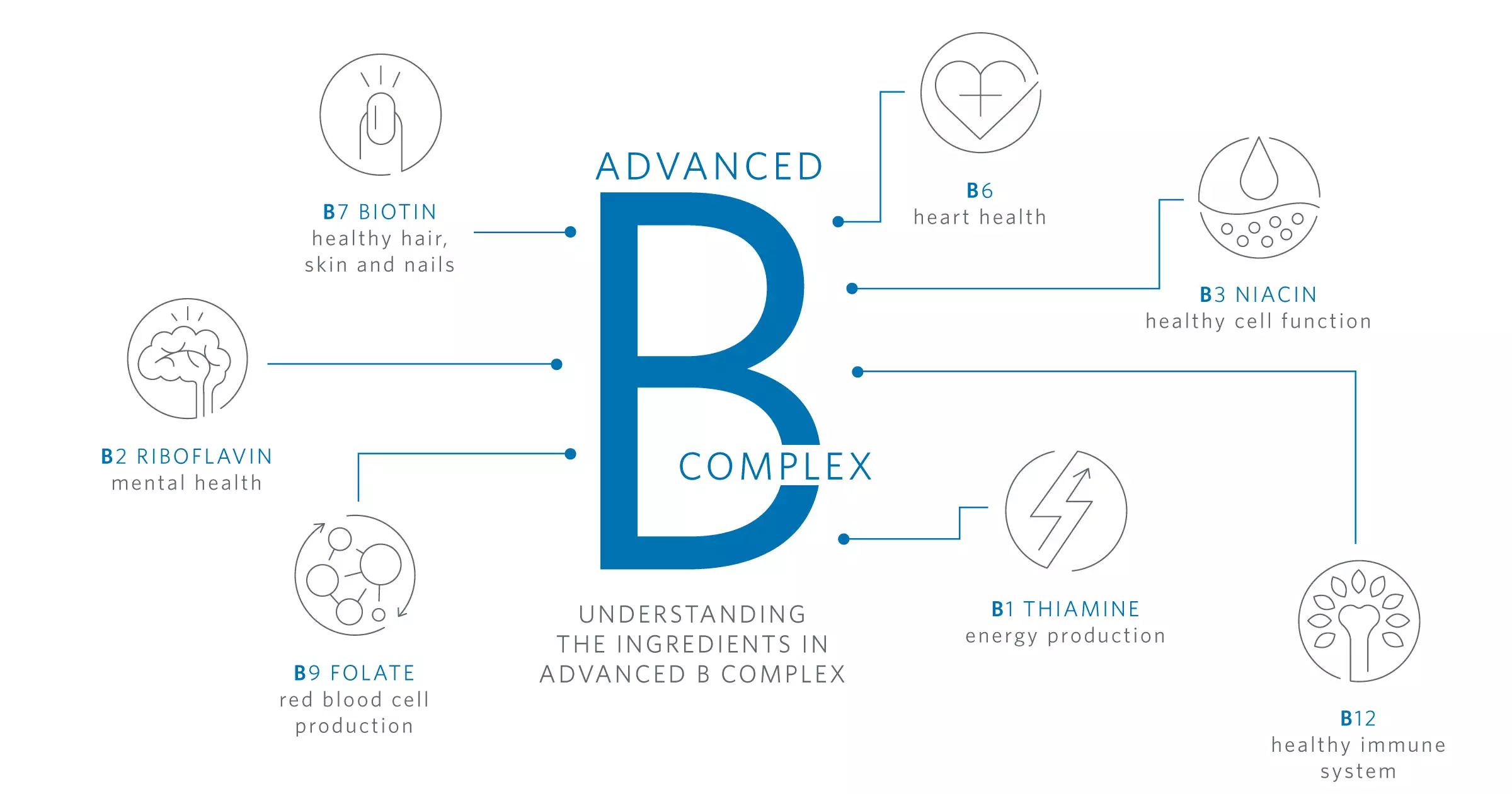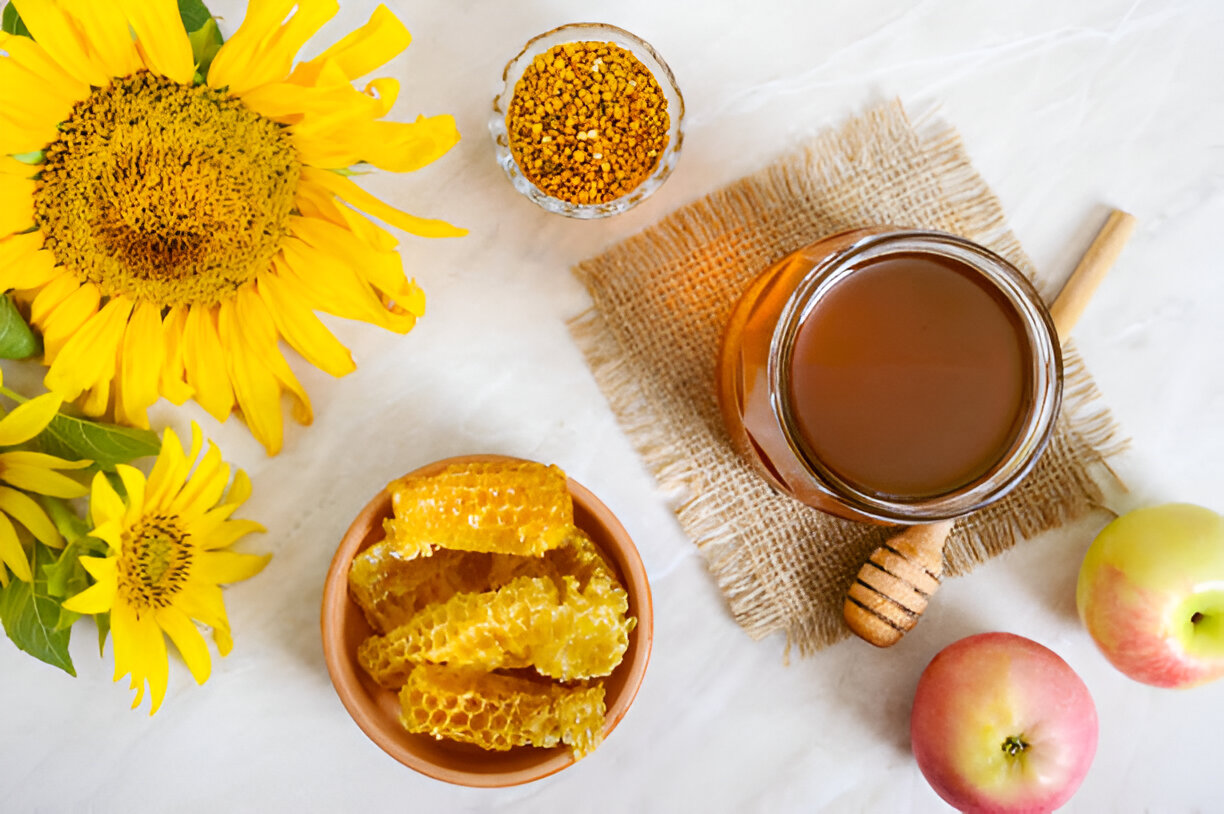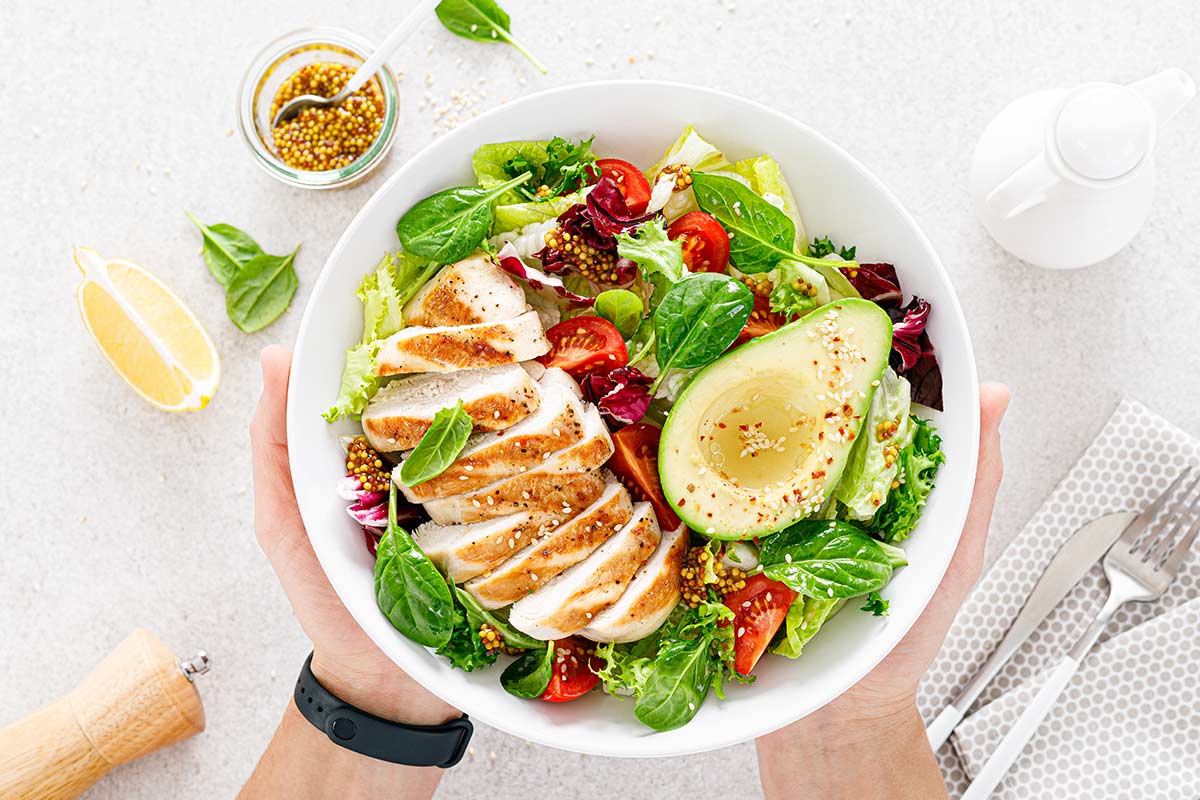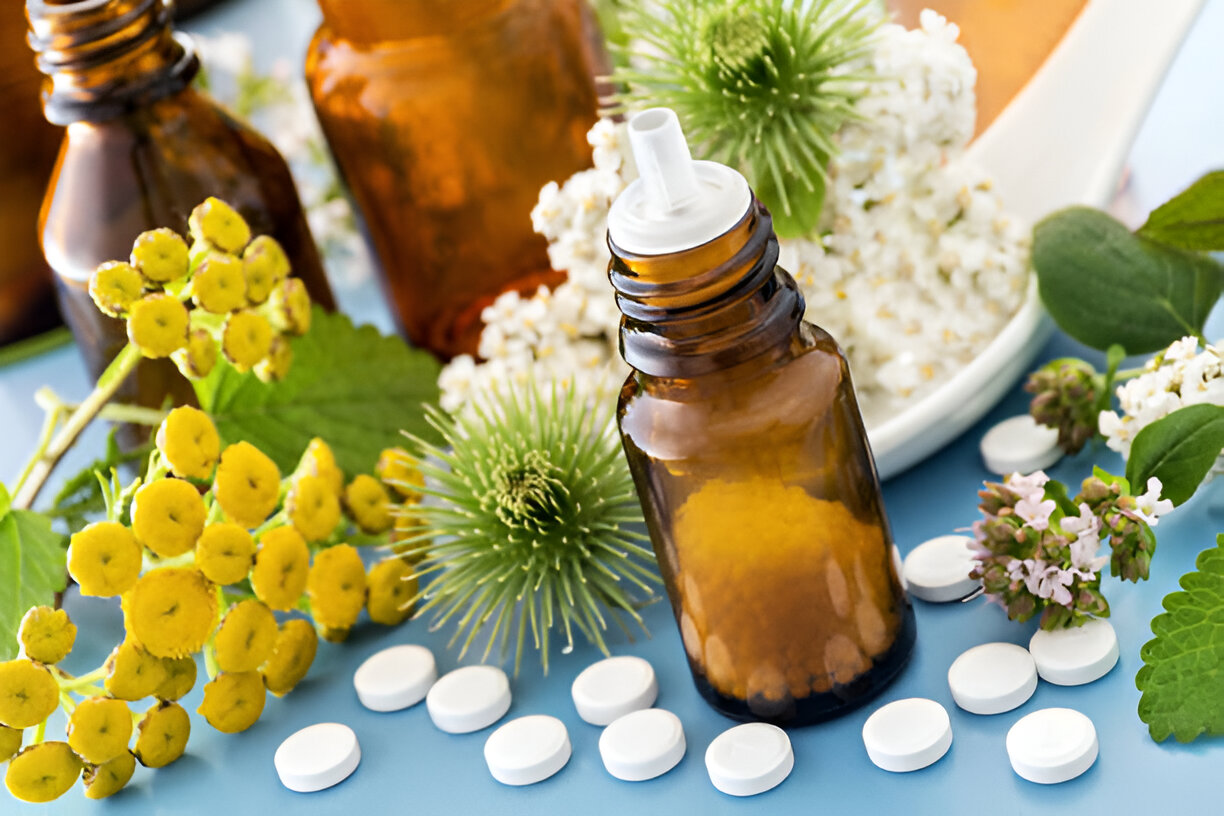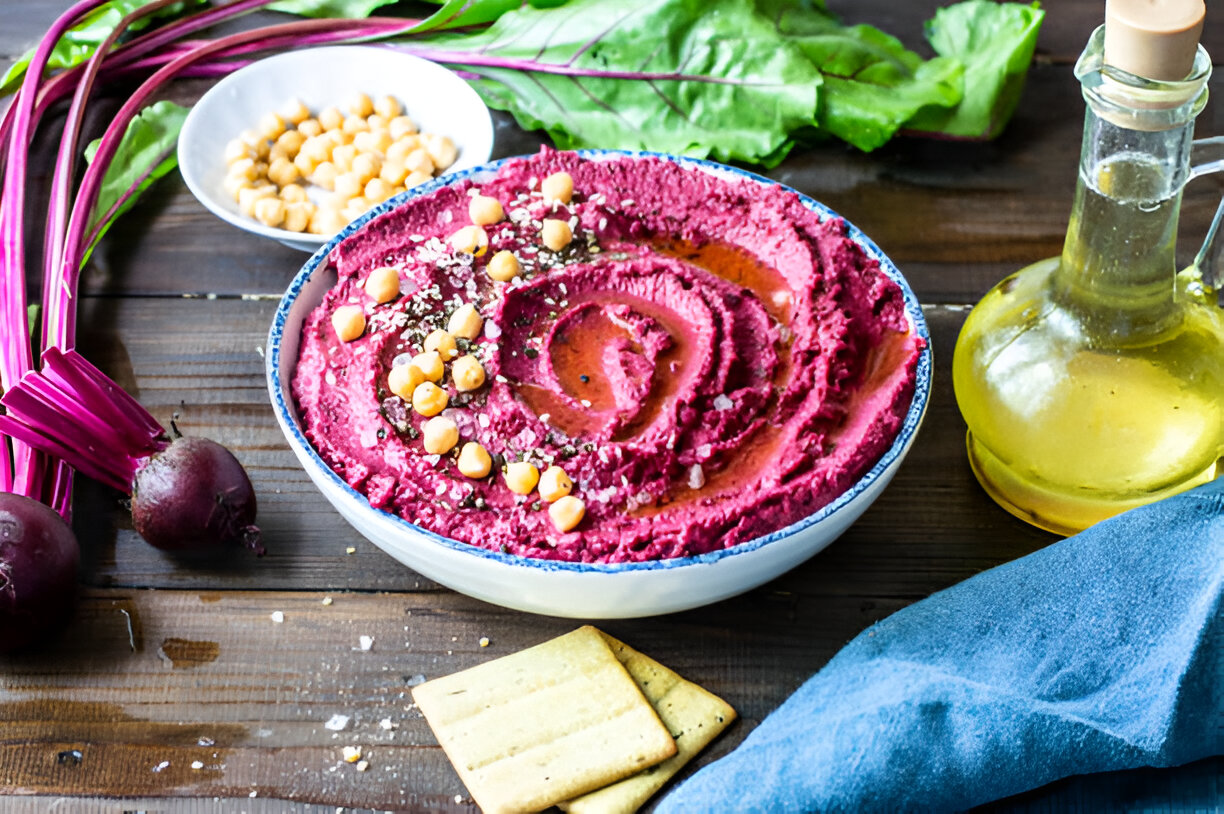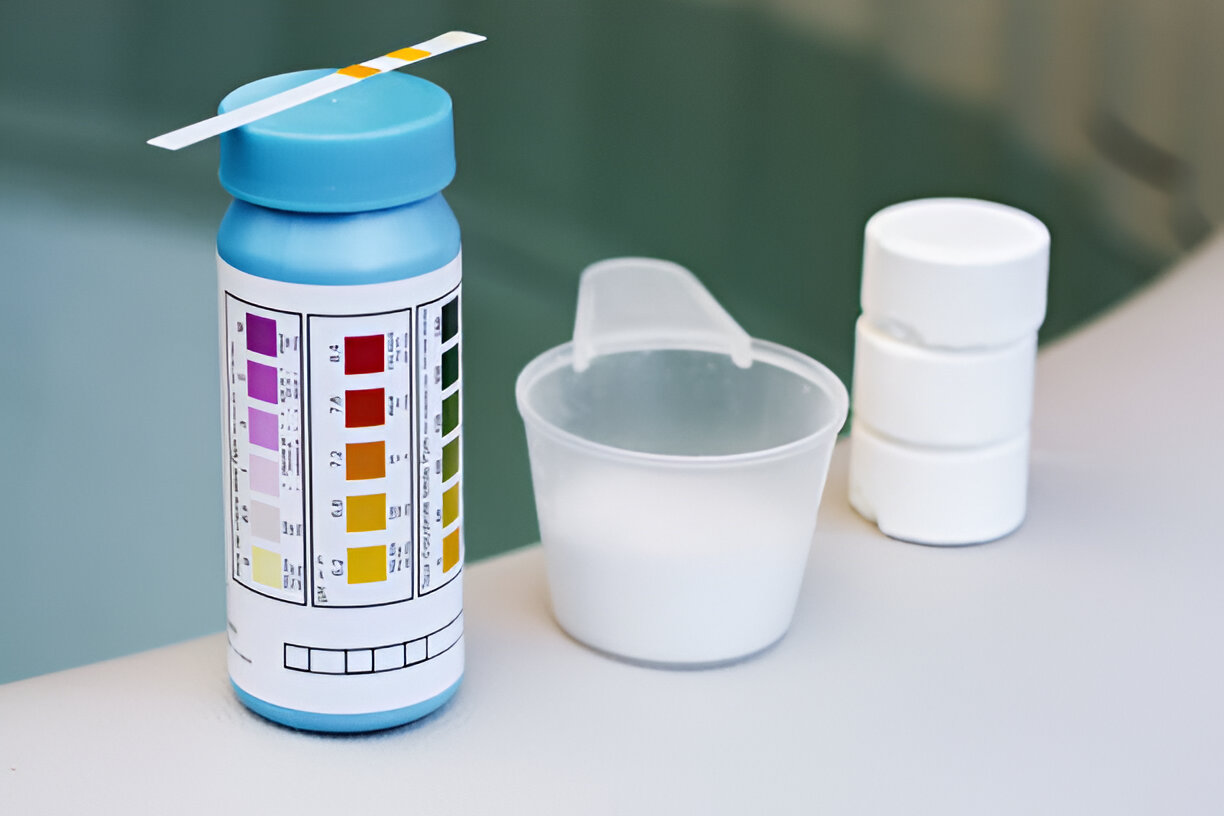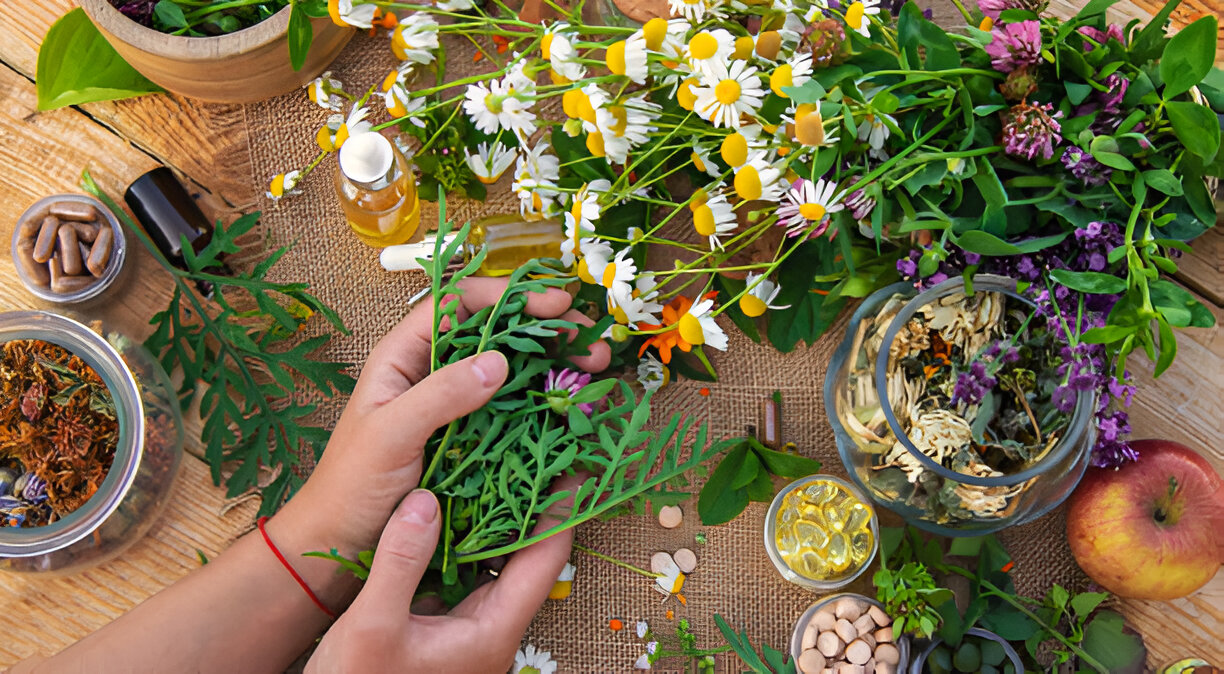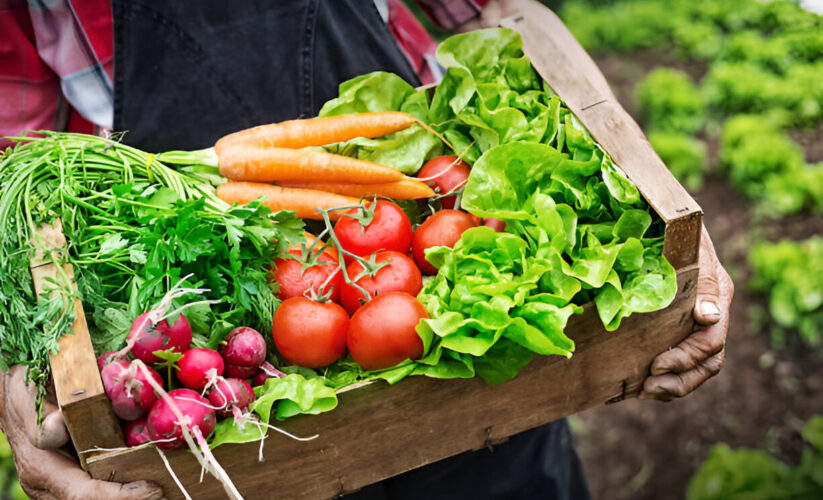

The numbers underscore the industry's success: In 2005, we bought about 55 percent more organic meat and poultry than the year before, nearly 25 percent more organic dairy, and more than 10 percent more organic produce — to the tune of $13.8 billion. That's still less than 3 percent of the overall market, but compared to 1997, the figure has tripled. And consumers keep clamoring for more.
But along with growth comes change — and often confusion. We dug up the facts, stats, and expert opinions to answer the 10 most burning questions about this important issue.
1. What does the organic label really mean?
There's a federal standard for what makes a product organic, but there's also a deeper ideal and belief system that the government's wording does not encompass. First, the standard: Outlined by the Organic Foods Production Act of 1990, it applies to “any agricultural product from livestock or crop marketed as organic in the United States,” says Joan Shaffer, a spokeswoman for the National Organic Program. (Standards are under review for seafood.) Unlike conventional producers, organic farmers can't use fertilizers made with sewage sludge, sow genetically modified (GM) crops (foods inserted with the genes of a different organism — like a tomato with a fish gene), or sterilize goods by irradiation (which reduces spoilage and kills bacteria and pests). They also can't use most conventional pesticides. In addition, organic meat, dairy, poultry, and egg farmers must use only 100 percent organic feed, allow their animals access to the outdoors, and avoid using growth hormones and antibiotics.
Organic processed foods follow guidelines as well: If you see the “100% Organic” label, the product contains only organic ingredients; the “Organic” label means it has at least 95 percent organic ingredients; and a “Made With Organic Ingredients” label indicates at least 70 percent of the ingredients are organic. All other products can't use the term “organic” anywhere on the front of the package; it can only be used to identify individual ingredients in the small print near the nutrition information.
Of course, standards don't mean anything unless they're enforced. Farms undergo yearly inspections and unannounced spot checks by USDA-accredited third-party certifiers. Farmers need five years of records, including invoices, and a plan that explicitly details their methods of pest control and fertility management. Companies that handle or process organic food have to be certified as well.
But for many fans of organics, the seal represents something that transcends labels and inspections — the spirit of a now decades-old movement. “There's the actual standard itself, but then there's the idea of a holistic system — trying to be in harmony with nature rather than tame it,” says Theresa Marquez, chief marketing executive for CROPP Cooperative and Organic Valley Family of Farms. “One of the key thoughts behind organic is that there's a balance between what you need to do to farm and what's good for the earth.”





